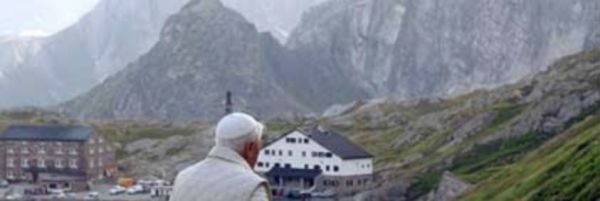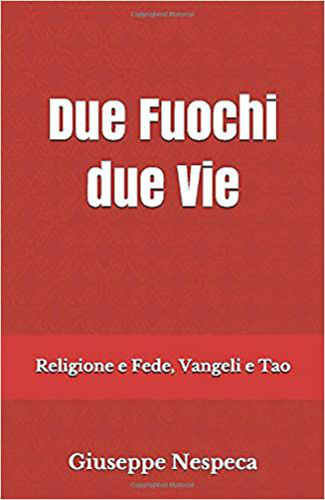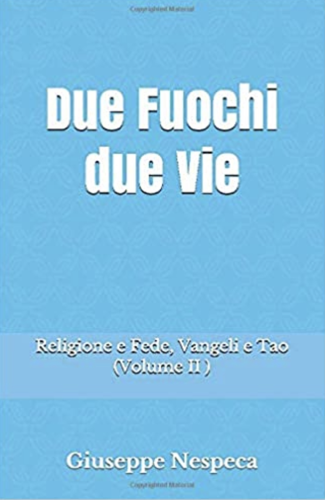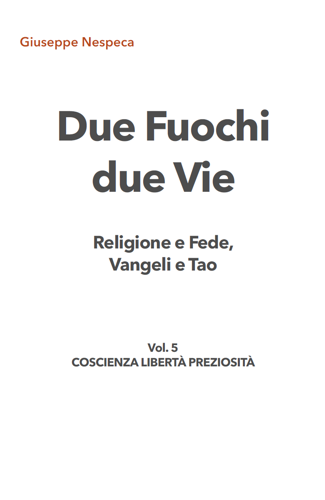""Repent', says the Lord, "for the Kingdom of Heaven is at hand'", we proclaimed before the Gospel […] that presents us with the fundamental theme of this "strong season" of the liturgical year: the invitation to change our lives and to do works worthy of penance.
Jesus, as we heard, recalls two items of news: a brutal repression in the Temple by the Roman police (cf. Lk 13: 1) and the tragic death of 18 people, killed when the tower in Siloam collapsed (v. 4). People interpret these events as divine punishment for those victims' sins, and thinking they are upright, believe they are safe from such accidents and that they have nothing in their own lives that they should change. Jesus, however, denounces this attitude as an illusion: "Do you think that these Galileans were worse sinners than all the other Galileans, because they suffered thus? I tell you, no; but unless you repent you will all likewise perish" (vv. 2-3). And he invites us to reflect on these events for a greater commitment on the journey of conversion, for it is precisely the closure of ourselves to the Lord and the failure to take the path of our own conversion that lead to death, to the death of the soul. In Lent, each one of us is asked by God to mark a turning point in our life, thinking and living in accordance with the Gospel, correcting some aspect of our way of praying, acting or working and of our relations with others. Jesus makes this appeal to us, not with a severity that is an end in itself but precisely because he is concerned for our good, our happiness and our salvation. On our part, we must respond to him with a sincere inner effort, asking him to make us understand which particular ways we should change.
The conclusion of the Gospel passage reverts to the prospect of mercy, showing the urgent need to return to God, to renew life in accordance with God. Referring to a custom of the time, Jesus presents the parable of a fig tree planted in the vineyard. However, this fig tree was barren, it produced no fruit (cf. Lk 13: 6-9). The dialogue that develops between the master and the vinedresser shows on the one hand the mercy of God who is patient and allows human beings, all of us, time in which to convert; and on the other, the need to start to change both our interior and exterior way of life straight away in order not to miss the opportunities that God's mercy affords us to overcome our spiritual laziness and respond to God's love with our own filial love.
[Pope Benedict, homily parish St. John of the Cross, March 7, 2010]












